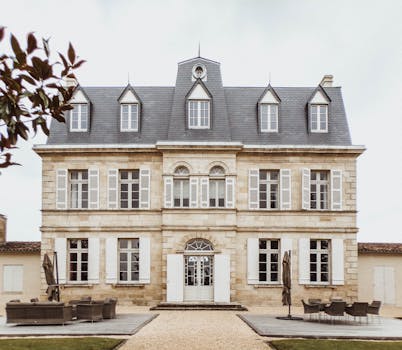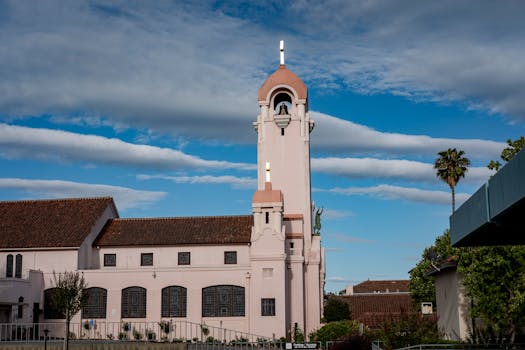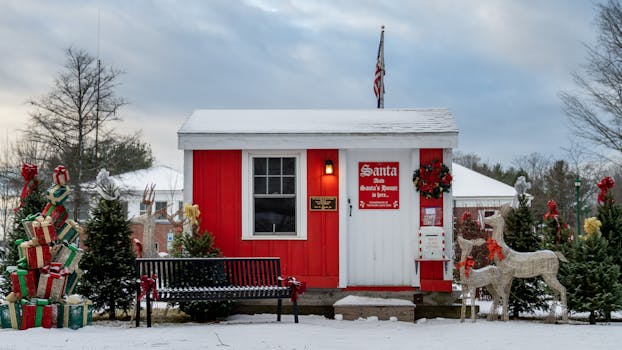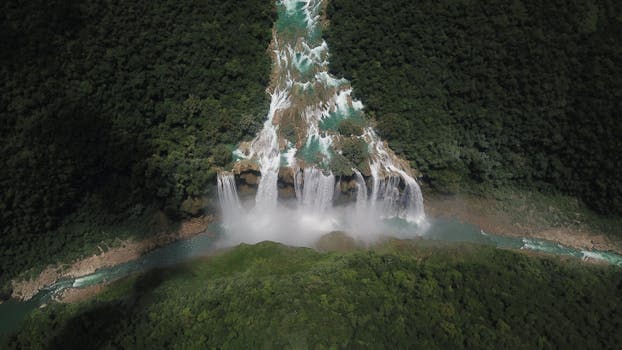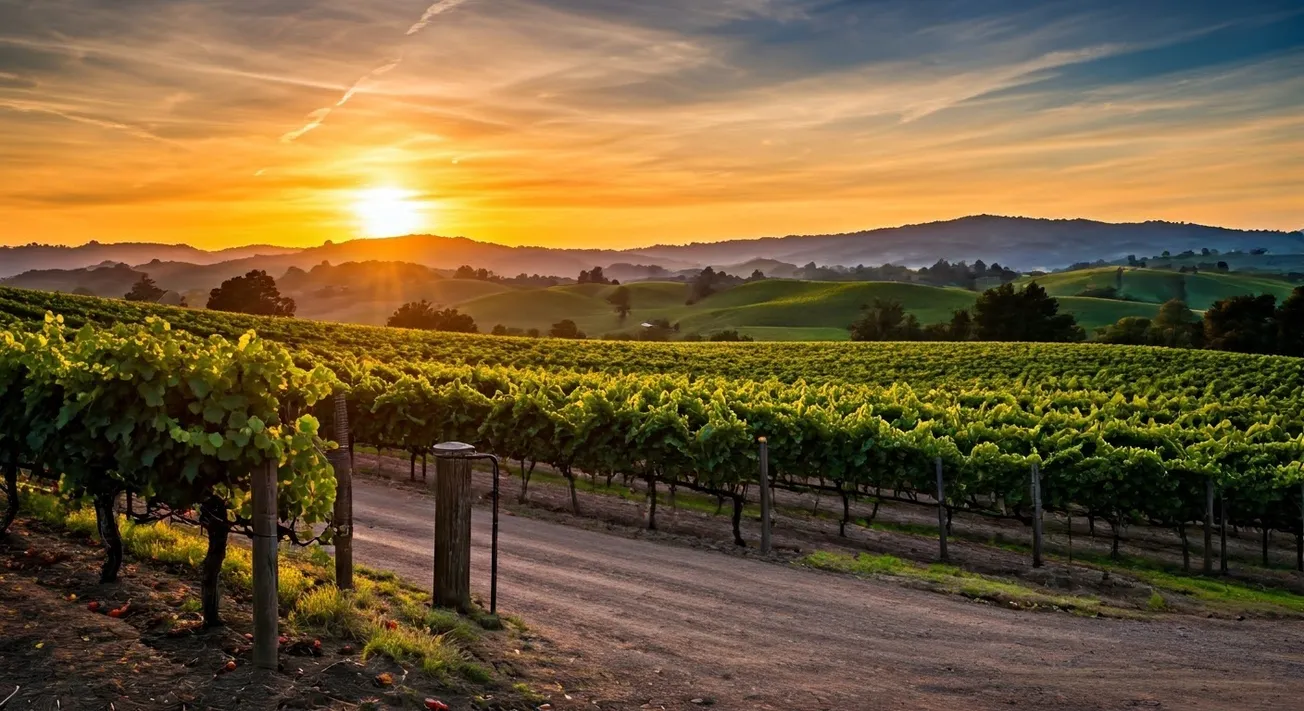Tracing the Footsteps of Faith: A Comprehensive Look at the Franciscan Establishments (1769-1823)
Tracing the Footsteps of Faith: A Comprehensive Look at the Franciscan Establishments (1769-1823)
Introduction
Imagine stepping into a world still in the throes of exploration, where vast landscapes lay untouched and indigenous cultures thrived. This was the world the Franciscans encountered when they set foot in California in 1769. Their journey, both physical and spiritual, would indelibly etch itself into the annals of the region's history. Join us as we step back in time to unravel the rich tapestry of the Franciscan establishments from 1769 to 1823.
Origins of the Franciscan Order
The Franciscan Order, renowned for its commitment to humility, service, and poverty, was founded by St. Francis of Assisi in the 13th century. Fast forward several centuries, and the Franciscans were on a mission to spread their faith to the New World, specifically to the uncharted territories of Alta California.
The Franciscan Journey to California
In 1769, under the leadership of Junípero Serra, a group of Franciscan missionaries embarked on a transformative journey that would forever change the course of California's history. They established their first mission, San Diego de Alcalá, marking the commencement of a remarkable chapter in the narrative of the New World.
The Role and Impact of Franciscan Missions
Over the next 54 years, the Franciscans would establish a total of 21 missions stretching from San Diego to Sonoma. These missions were not merely places of worship, but also served as pivotal centers for education, agriculture, and industry. Their goal was to convert the indigenous population to Christianity and introduce them to European ways of life.
Architectural Grandeur of the Franciscan Establishments
One cannot help but marvel at the architectural grandeur of these establishments. The missions, constructed from local materials like adobe and wood, were designed in a unique blend of Spanish, Moorish, and indigenous styles. These structures, with their bell towers, courtyards, and chapels, stand as testament to the Franciscans' dedication and craftsmanship.
Controversies Surrounding the Franciscan Missions
However, the history of the Franciscan establishments is not without controversy. While the missionaries' intent was to spread their faith, their methods have been criticized as coercive. The indigenous population was subjected to forced labor, and their traditional cultures were suppressed. This dark side of the mission era is a point of contention and a reminder of the complexities of history.
Legacy of the Franciscan Establishments
Despite the controversies, the Franciscan missions had a profound impact on California's development. They introduced new agricultural practices, including the cultivation of grapes for wine, olives for oil, and the raising of livestock. The missions also played a crucial role in establishing trade networks and paved the way for the growth of towns and cities.
End of an Era and the Continued Legacy
The end of the mission era came with Mexico's secularization laws in 1833, a decade after the end of our timeline. The missions were confiscated by the Mexican government and the indigenous population was freed from the mission system. Despite this, the legacy of the Franciscan establishments lives on.
Franciscan Establishments Today
Today, the missions stand as historical landmarks, visited by millions each year. They offer a glimpse into a pivotal period in California's history and serve as a reminder of the state's multicultural roots. Some missions continue to serve as active parishes, their bells ringing out in a testament to the enduring faith of the Franciscans.
Conclusion: Tracing the Footsteps of Faith
The history of the Franciscan establishments from 1769 to 1823 is a fascinating saga of faith, exploration, and cultural exchange. It's a story that underscores the indomitable spirit of the Franciscans and their profound impact on the shaping of California. As we walk through the courtyards of these missions, we're not just stepping on historical grounds, but we're also tracing the footsteps of faith that have echoed through centuries.

Sign up for Sonoma County Navigator
Discover Sonoma County! Latest News, places to play, stay, eat, live, shop, learn and more!
No spam. Unsubscribe anytime.


